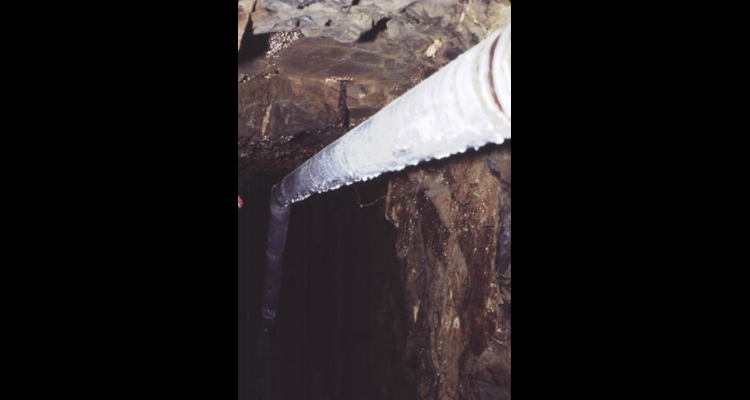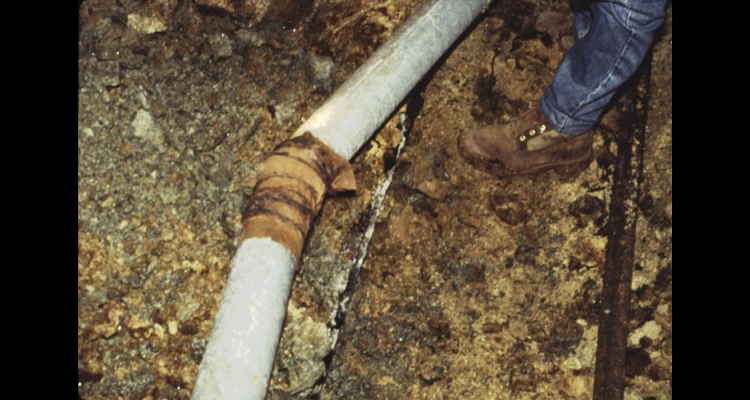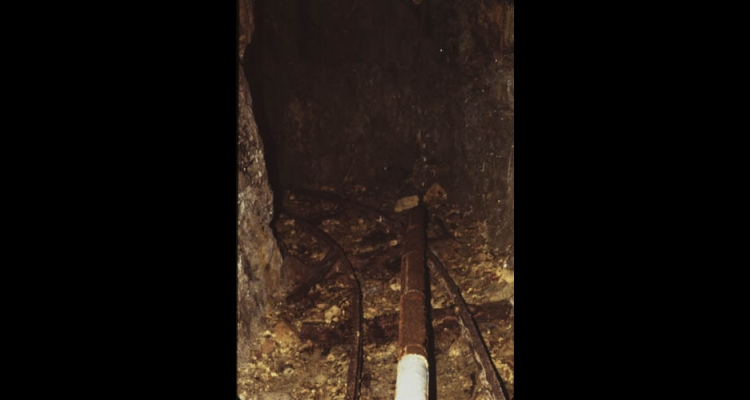Rathole Mining
Rathole, or coyote hole, mining refers to inexpensive excavations that were technologically simpler than their larger nineteenth-century industrial counterparts. Usually only a few people undertook a rathole mine, working independently of corporate ownership.
The term "rathole" is an apparent corruption of the sixteenth-century Spanish science of mining known as el sistema del rato, literally "the system of the moment," but actually meaning a pragmatic or empirical system. By mid-nineteenth-century standards, its Spanish predecessor was primitive and inefficient. In fact, it was neither. The sixteenth-century approach to mining was efficient, calling for excavations to follow the meanderings of ore bodies.
Because much of the West had been part of Mexico and Spanish speakers remained, their traditional mining technology persisted in the region. Many small-time operators, regardless of ethnicity, wished to avoid the expense of an engineer. Those who sought to prospect underground in a limited, efficient way typically used the same direct approach of early Mexican miners.
Rathole mines could be an expedient way to explore a prospect. The Nevada landscape is peppered with tens of thousands of these small-scale endeavors, most of which yielded little by way of profitable ore. Occasionally miners were able to sell their excavations either as stocks or in their entirety, but normally there was no other means to strike it rich with these limited marginal mines.
In Virginia City, the Maldonado brothers employed the sixteenth-century method for their Mexican Mine, making it a curiosity in the context of its technologically cutting-edge neighbors. Contemporaries described Spanish-speaking miners climbing notched logs. Workers hauled ore in rawhide buckets on their backs suspended by straps across their foreheads. Shunning the expense of square-set timbering, the Maldonados used mine supports consisting of columns of native rock left untouched in strategic places. The profitability of the Mexican, one of the richest Comstock properties in the early 1860s, testifies to the effectiveness of its approach. The Mexican Mine was hardly a rathole mine, but its level of technology dated to the sixteenth century.
A dramatic exception to the usual poverty of small-scale rathole mines was the 1866 development of the Kentuck Mine in Gold Hill. John Mackay and J. M. Walker excavated this property with rathole modesty. They used a hand wench to descend the shaft and to haul up ore and debris. In this way, they avoided the cost of a steam-driven hoist room with all its employees. In three years, their operation produced over three million dollars in gold and silver.








